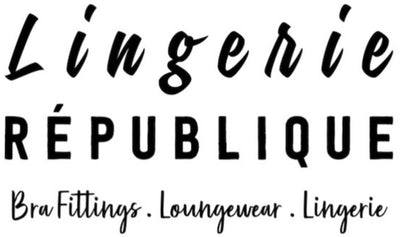Origins and Categories of Lace
Some believe the origins of lace can be traced back to ancient Egypt, others believe them to be traceable to ancient Rome. No one knows for sure, but one thing is certain, it was the 15th century renaissance that truly sparked a permanence of lace in the fashion industry. Lace nearly replaced embroidery all together because it could be removed from articles of clothing and placed on a new piece. Belgium is now the true home of lace, being the birthplace of many lace-making techniques. The lace making industry involves the craftsmanship of a mere one thousand women employees. There are four kinds of lace;Some believe the origins of lace can be traced back to ancient Egypt, others believe them to be traceable to ancient Rome.
No one knows for sure, but one thing is certain, it was the 15th century renaissance that truly sparked a permanence of lace in the fashion industry. Lace nearly replaced embroidery all together because it could be removed from articles of clothing and placed on a new piece. Belgium is now the true home of lace, being the birthplace of many lace-making techniques. The lace making industry involves the craftsmanship of a mere one thousand women employees. There are four kinds of lace;Duchess Lace, which is made on a cushion using 22 bobbins. (not manufactured anymore)Rosepoint Lace, thought to be the most delicate, is made with a needle on a piece of tissue paper. (not manufactured anymore)Princess Lace is used for special occasion pieces, like wedding veils. The net is made by machine with the prints sewn on afterwards with designs on them.Renaissance Lace is manufactured at the biggest scale nowadays and is generally the strongest lace


